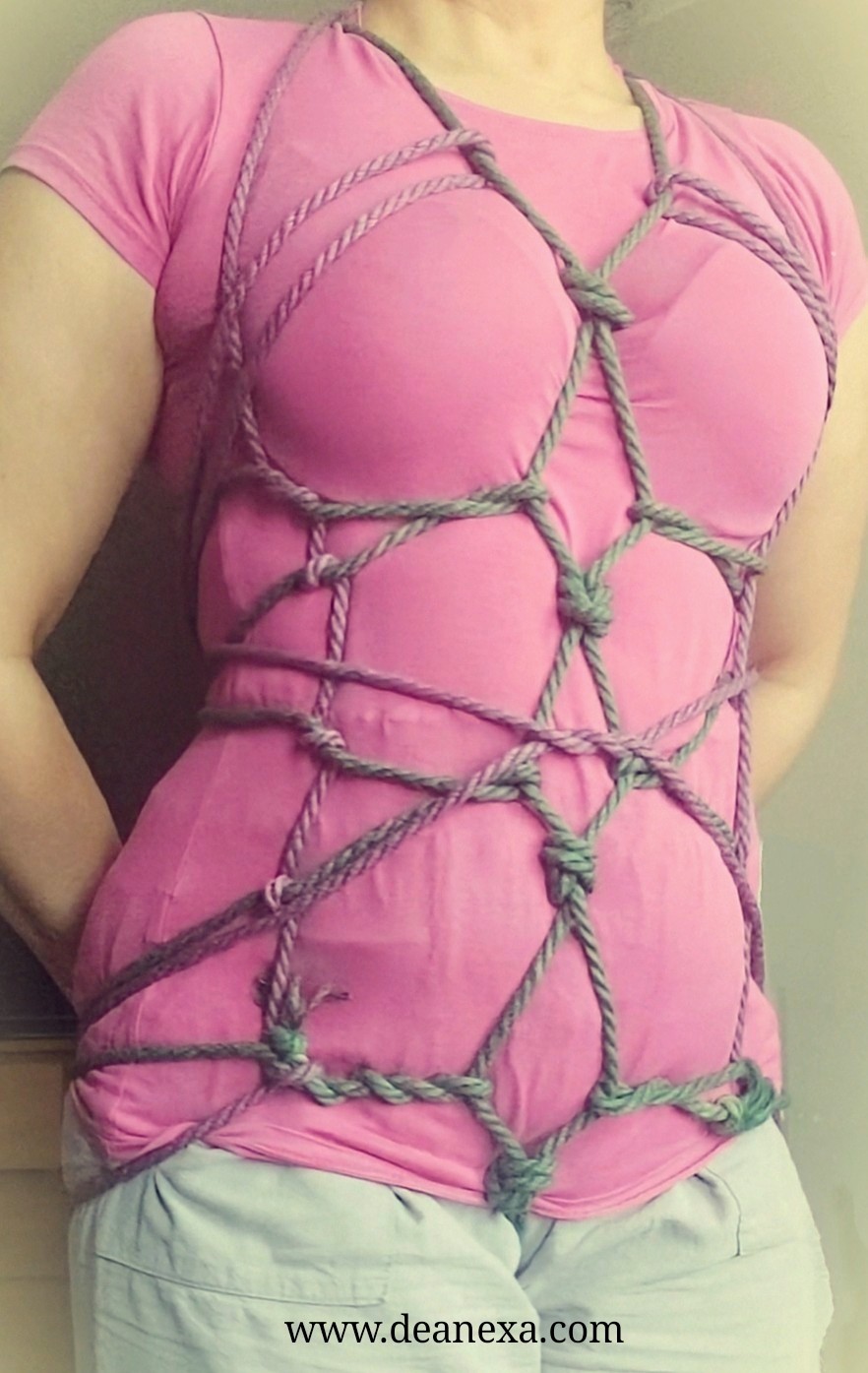You can’t “fix” people. People are who they are. No matter how much we love and give people chances to “change”, someone living in destructive and/or abusive behaviours will not change that way. And, chances are, in the throws of trying to fix people, you may be fascilitating the abusive cycle.
One of the challenges of being a Executive Coach lies in a common need to fix people (or look like we do). Coaching is how I help people overcome obstacles, find meaning, and notice opportunities. Embedded in ethical coaching practice is the promotion of autonomy and self awareness so that people can “fix” themselves, changing a habit that isn’t working for them.
A useful model that I use and explore with clients is the Drama Triangle. In dysfunctional relationships, whether at work, with family and friends, or in intimate relationships, there is a persecutor, a victim, and a rescuer. Abusive people use the well-meaning rescuer to justify their abuse by blaming the victim, and the victim has someone to complain to who will tell them what to do to stop the abusive behaviours. In effect, the rescuer has become part of the cycle of abuse, whether as a friend, family member, or community leader.
In my work in domestic abuse, and the work I do in the kink community, these patterns are very common. Community leaders, people holding educational platforms and running events, with a noticeable online presence, try to save people from abuse, “teaching” abusers how to behave, avoiding going to domestic abuse services or calling the police. Because, in reality, they don’t see they are part of the problem and distrust the support services (for whatever reason). This can be the case for anyone in our community, so I hope this writing raises awareness of this problem.
People heal on their own. Survivors of abuse cannot heal in the abusive relationship. The bold step of leaving is not easy and the most likely time of serious harm or even murder. The desire to stay and fix, reaching out to a rescuer is strong. They need to go to a trained therapist, operating under statutory or professional guidelines to work through their experience and develop self awareness and self advocacy.
Equally, no abusive person can heal in the environment they abuse, addressing the underlying cause of their abuse, because they will fall into old patterns easily. Doing so can be a way abusive people perpetuate abuse by using the therapist as the rescuer. Some people have no desire to heal or change or be fixed, because they don’t see they have a problem.
So, just as I regularly reflect on my professional and personal relationships to not become caught in the drama triangle, we all need to be able to notice this common dysfunctional dynamic, and instead work to become empowered and autonomous, and help others do the same.
Dea Nexa
This writing reflects my own opinions based on my professional experience and knowledge. It is not intended as a critique of any organisation or individual. Please seek professional help if any themes of this writing affect you.
Feature Image is a self tie karada body harness created with half hitches and two rope colours by Dea Nexa
